Economic Benefits of Recycling
The economic benefits associated with textile recycling are becoming increasingly apparent, driving growth in the Textile Recycling Market. Recycling textiles can lead to significant cost savings for manufacturers by reducing the need for virgin materials. Additionally, the recycling process can create new job opportunities in collection, sorting, and processing. Reports indicate that the textile recycling sector has the potential to generate thousands of jobs, contributing to local economies. Moreover, as the demand for recycled materials rises, businesses may find new revenue streams through the sale of recycled fibers and products. This economic incentive is likely to encourage more companies to engage in recycling practices, further bolstering the Textile Recycling Market and promoting a circular economy.
Increasing Environmental Awareness
There is a notable rise in environmental awareness among consumers, which is driving the Textile Recycling Market. As individuals become more conscious of the environmental impact of textile waste, they are increasingly seeking sustainable alternatives. This shift in consumer behavior is prompting brands to adopt recycling initiatives and promote eco-friendly practices. According to recent surveys, a significant percentage of consumers express a willingness to pay more for products made from recycled materials. This trend is likely to encourage manufacturers to invest in recycling technologies and processes, thereby expanding the market. Furthermore, the emphasis on reducing landfill waste management and carbon footprints aligns with the goals of the Textile Recycling Market, fostering a more sustainable future for the textile sector.
Government Regulations and Policies
Government regulations and policies play a crucial role in shaping the Textile Recycling Market. Many countries are implementing stricter waste management laws and promoting recycling initiatives to combat textile waste. For instance, extended producer responsibility (EPR) policies are being introduced, requiring manufacturers to take responsibility for the entire lifecycle of their products, including end-of-life disposal. These regulations are likely to incentivize companies to invest in recycling technologies and infrastructure. Additionally, financial incentives, such as grants and subsidies for recycling initiatives, are becoming more common. This regulatory support is expected to drive growth in the Textile Recycling Market, as businesses adapt to comply with new standards and capitalize on emerging opportunities.
Collaboration Across the Supply Chain
Collaboration across the supply chain is emerging as a key driver in the Textile Recycling Market. Stakeholders, including manufacturers, retailers, and recycling companies, are increasingly recognizing the importance of working together to enhance recycling efforts. Partnerships are being formed to streamline the collection and processing of textile waste, ensuring that materials are efficiently recycled. This collaborative approach not only improves the overall efficiency of recycling operations but also fosters innovation in recycling technologies. Furthermore, joint initiatives aimed at educating consumers about recycling practices are gaining traction. As these collaborations strengthen, they are likely to create a more integrated and effective Textile Recycling Market, ultimately leading to higher recycling rates and reduced environmental impact.
Technological Innovations in Textile Recycling
The Textile Recycling Market is experiencing a surge in technological innovations that enhance recycling processes. Advanced sorting technologies, such as artificial intelligence and machine learning, are being integrated to improve the efficiency of material recovery. These innovations allow for the separation of different fabric types, which is crucial for effective recycling. Moreover, new chemical recycling methods are emerging, enabling the breakdown of textiles into their original fibers. This not only increases the quality of recycled materials but also expands the range of textiles that can be recycled. As a result, the market is projected to grow significantly, with estimates suggesting a compound annual growth rate of over 10% in the coming years. Such advancements are likely to reshape the Textile Recycling Market, making it more viable and attractive for investors.
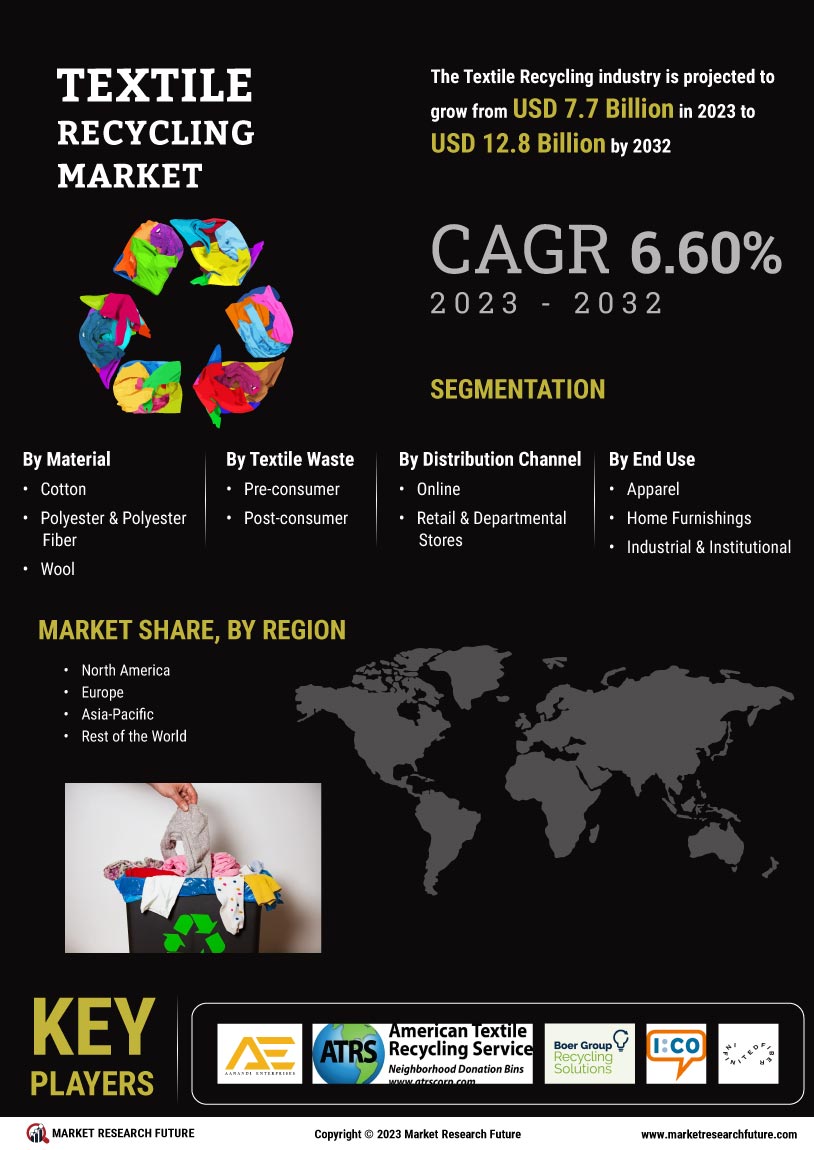

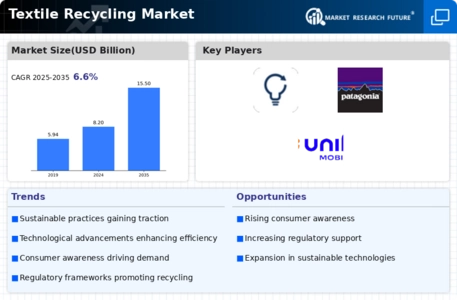
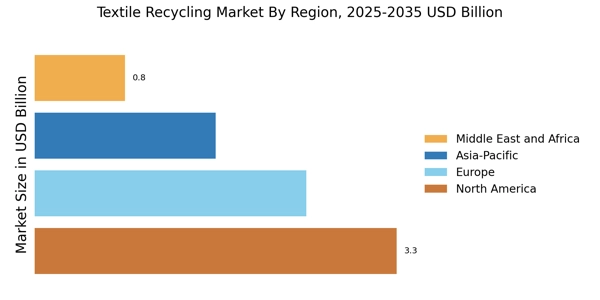
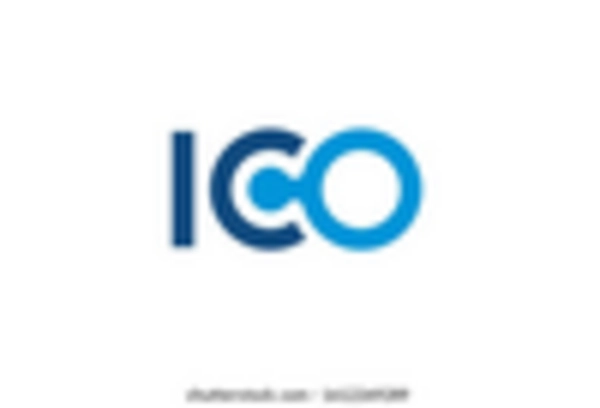
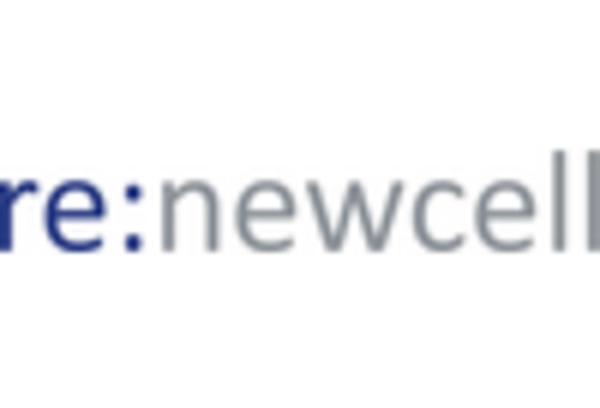
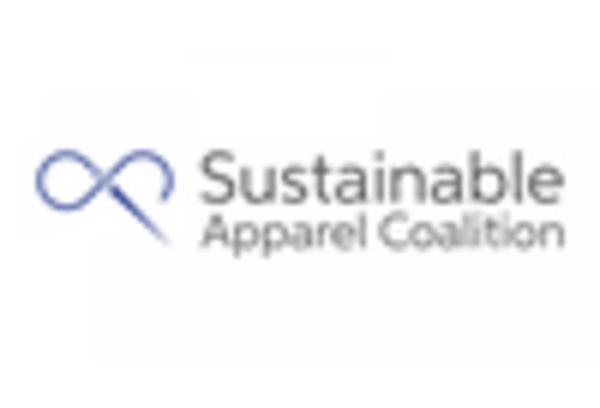











Leave a Comment